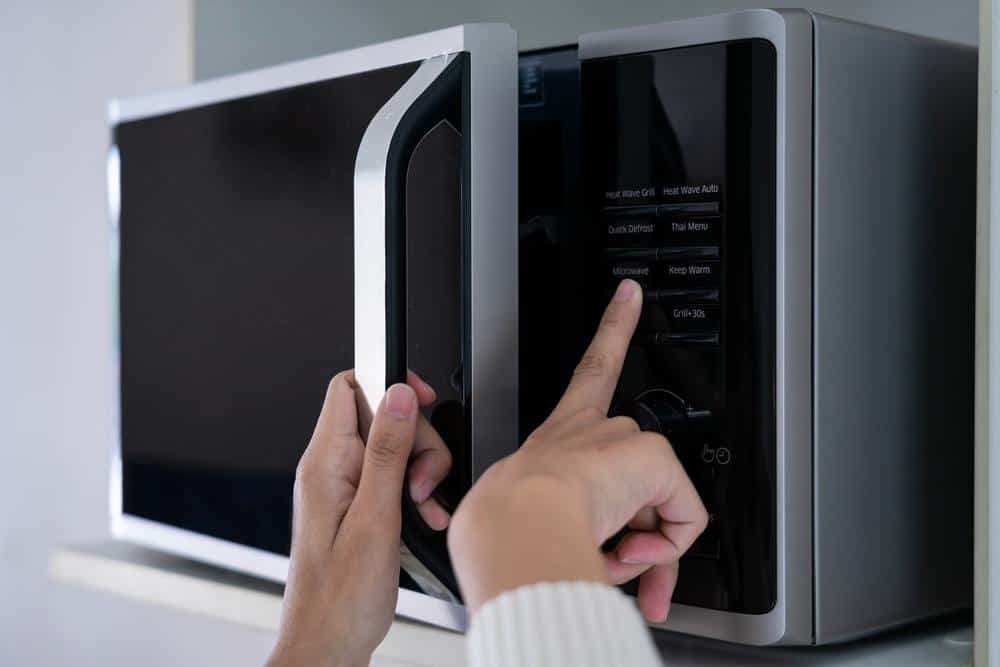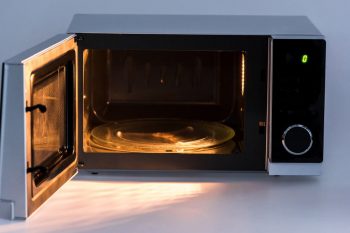
The microwave oven, a ubiquitous appliance in modern kitchens, has a fascinating history that dates back to the 1940s. This article delves into the invention of the microwave oven, its evolution, and the impact it had on the home appliance industry.
The microwave oven was invented by American engineer Percy Spencer in 1945. The invention occurred when Spencer, who was working with radar technology during World War II, noticed that a candy bar in his pocket had melted due to microwaves. This led him to experiment further, resulting in the development of the microwave oven. The first commercial microwave oven, named the “Radarange,” was sold in 1946.
The Birth of the Microwave Oven
The microwave oven was invented by American engineer Percy Spencer in 1945. Spencer was working with radar technology during World War II when he noticed that a candy bar in his pocket had melted. This observation led him to experiment with heating various food items using microwaves, eventually leading to the development of the microwave oven. Raytheon, the company Spencer worked for, filed a patent for the microwave cooking process on October 8, 1945. The first commercial microwave oven, called the “Radarange,” was sold in 1946.
The First Microwave Oven: Design and Functionality
The design of the first microwave oven featured a metal box with an opening where the magnetron tube could emit microwaves. A door was added to the metal box, and a cooling system was incorporated to prevent the magnetron from overheating. The first microwave ovens did not have a turntable; this feature was introduced by Sharp Corporation between 1964 and 1966.
In terms of functionality, the Radarange used dielectric heating to cook food quickly and uniformly. Microwaves emitted by the magnetron tube caused polar molecules in the food to rotate and produce thermal energy, heating the food. This method was particularly efficient for heating the outer 25-38 mm (1-1.5 inches) of a homogeneous, high-water-content food item.
The Evolution of the Microwave Oven
Over time, microwave ovens have incorporated additional features and improvements, such as digital displays, pre-programmed cooking settings, and sensors that can detect when food is cooked to the desired level. These enhancements have made microwaves more user-friendly and versatile, allowing for more precise cooking and reheating.
In terms of design, microwaves have become more compact and visually appealing, with various sizes, colors, and styles available to suit different kitchen aesthetics. Modern microwaves can be found as countertop models, built-in units, or over-the-range models that combine a microwave and a range hood.
Public Reactions and Market Responses
The initial public reactions to the invention of the microwave oven were mixed. Early microwave ovens were large, expensive, and primarily marketed to commercial kitchens. However, as the technology improved and became more affordable, microwave ovens gained popularity. By the mid-1970s, millions of microwave ovens were being sold to consumers each year, despite some safety concerns.
Impact on the Home Appliance Industry
The invention of the microwave oven revolutionized the home appliance industry. It offered a new, efficient way to heat food, making it a staple in many households. The microwave oven market has since expanded significantly, with the global market size valued at USD 10.8 billion in 2022 and projected to reach USD 16.47 billion by 2031.
In summary, the microwave oven has evolved from a bulky, expensive appliance to a compact, affordable, and essential kitchen tool. Its invention and development have significantly impacted the home appliance industry and revolutionized the way we heat and cook food in our homes.
Frequently Asked Questions
Who was Percy Spencer?
Percy Spencer was an American engineer and inventor. He is most known for his accidental discovery of microwave cooking, leading to the invention of the microwave oven while working for Raytheon.
What is the principle behind microwave cooking?
Microwave cooking works on the principle of dielectric heating. Microwaves emitted by the oven’s magnetron cause polar molecules in food, especially water, to rotate and generate heat, thus cooking the food.
What was the Radarange?
The Radarange was the first commercial microwave oven, developed by Raytheon and sold in 1946. It was initially used primarily in commercial kitchens due to its large size and cost.
How has the design of microwave ovens changed over time?
The design of microwave ovens has evolved significantly since the first model. Modern microwaves are more compact, come in various sizes, colors, and styles, and can be countertop models, built-in units, or over-the-range models that combine a microwave and a range hood.
What were the safety concerns associated with early microwave ovens?
Some early safety concerns around microwave ovens included potential exposure to microwave radiation if the oven was improperly sealed or damaged, and the possibility of burns or super-heating of certain materials. However, modern microwave ovens are designed with safety features to address these concerns.











